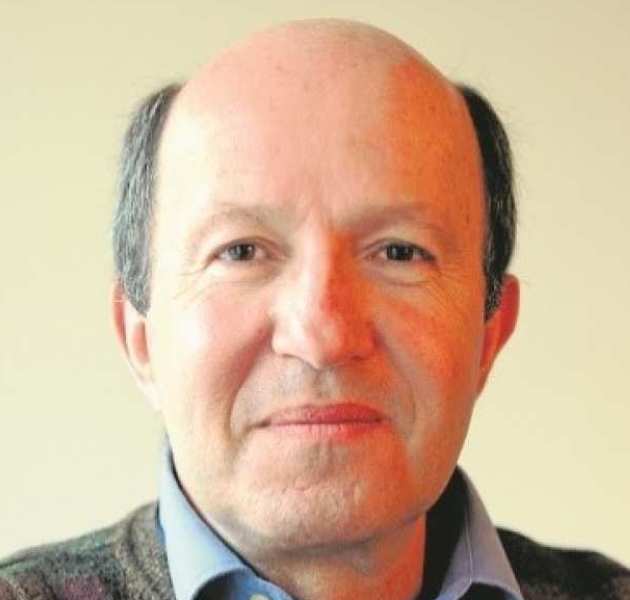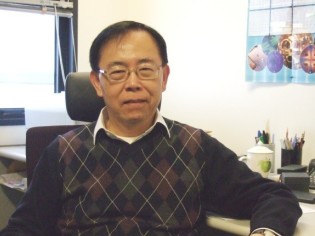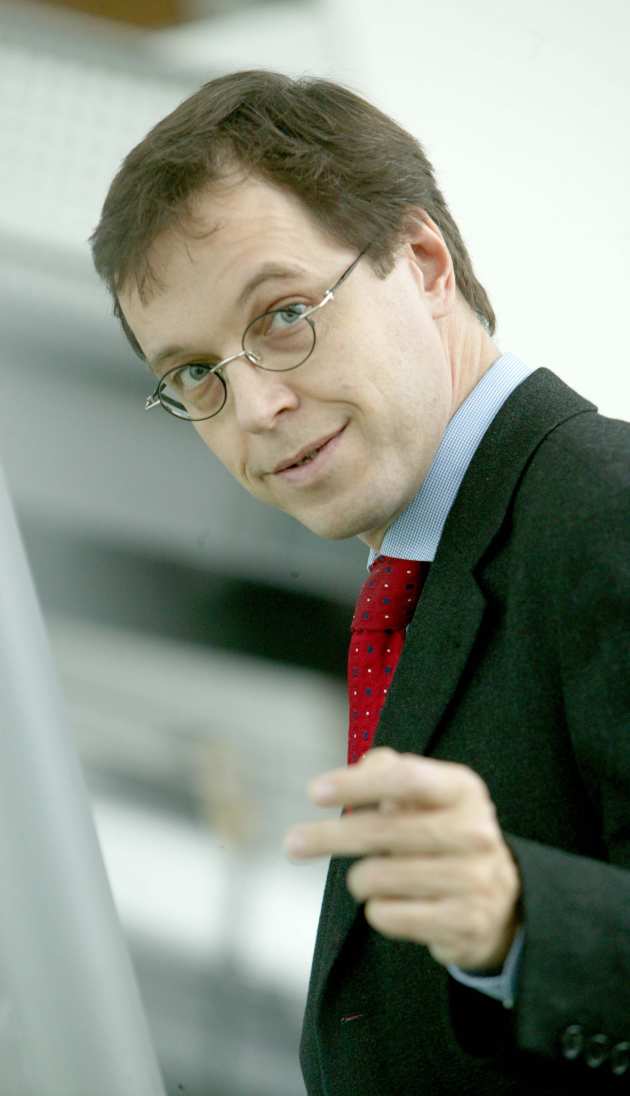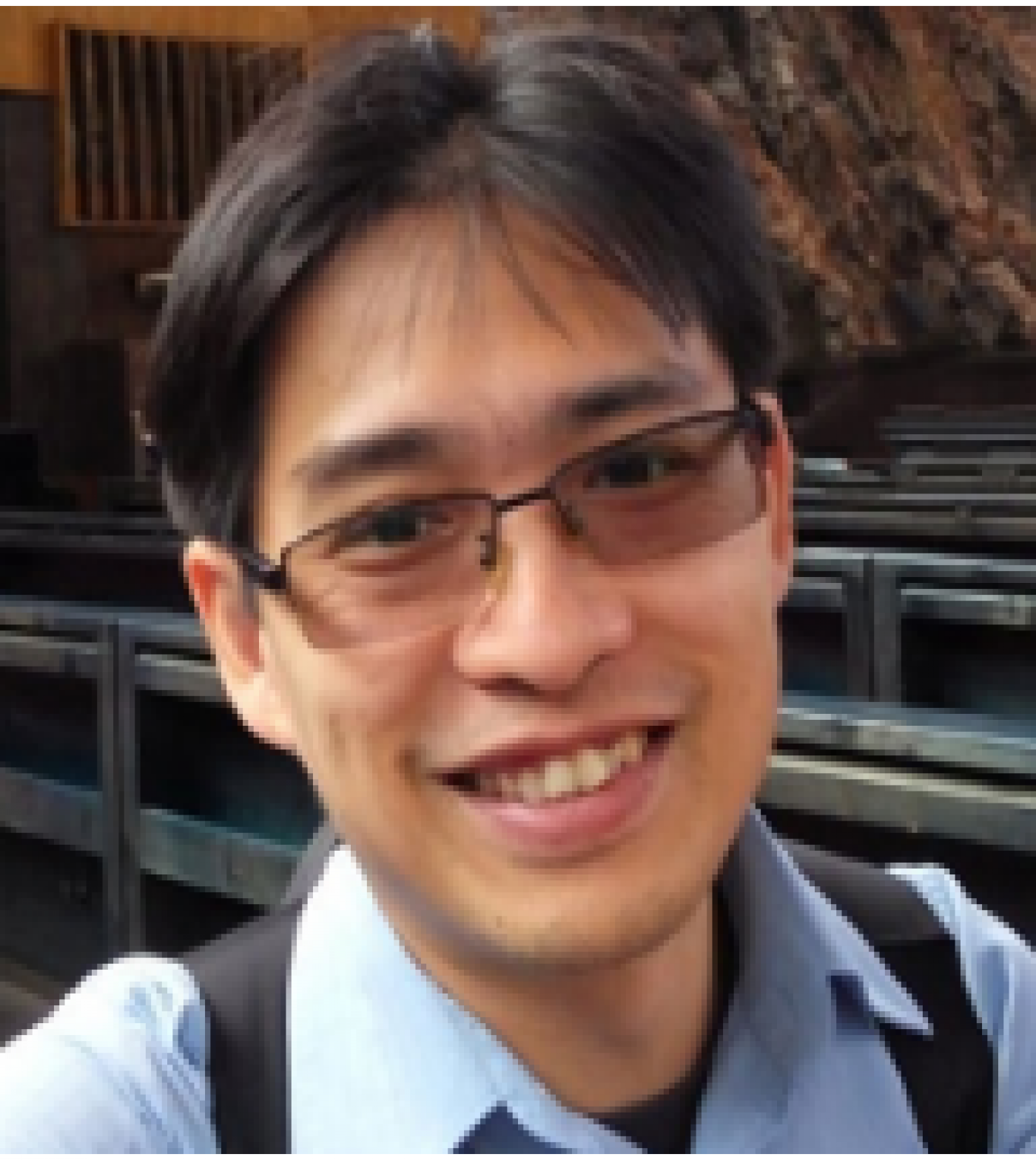Exposés pléniers
 |
Professor Davide Bigoni, University of TrentoAbstract Biography |
 |
Professor Mathias Fink, CNRSAbstract Biography |
 |
Professor Ping Sheng, Honk Kong University of Science and TechnologyAbstract *Work done in collaboration with Min Yang, Shuyu Chen, and Caixing Fu.
Biography Ping Sheng is the William Mong Professor of Nanoscience and Chair Professor of Physics at HKUST. He obtained his BSc in Physics from the California Institute of Technology and PhD in Physics from Princeton University in 1971. After a stay at the Institute for Advanced Study, Ping joined RCA David Sarnoff Research Center in 1973. In 1979 he joined the Exxon Corporate Research Lab, where he served as the head of the theory group during 1982-86. In 1994 Ping joined the HKUST as a professor of physics and served as the head of the physics department from 1999 to 2008. Prof. Sheng is a Fellow of the American Physical Society and a Member of the Asia Pacific Academy of Materials. He served as a Division Associate Editor of Physical Review Letters from 2013-16, a member of the editorial board of New Journal of Physics until 2017, and an Executive Editor of Solid State Communications. He was awarded Technology Leader of the Year by the Sing Tao Group in 2002, the Brillouin Medal by the International Phononics Society in 2013, and the National Natural Science Award (second class) by the State Council of the People’s Republic of China in 2014. His research in acoustic metamaterials has led to a startup company. Prof. Sheng has published more than 460 papers with >30,000 citations and an h-index of 85 (Google Scholar). He has presented over 300 keynote, plenary or invited talks at international meetings and conferences. His current research interests include acoustic metamaterials, superconductivity in carbon nanotubes, nanostructured graphene, giant electrorheological fluids, fluid-solid interfacial phenomena, and effective medium theory of composites. |
 |
Professor Martin Wegener, Karlsruhe Institute of TechnologyAbstract Experiments on 3D mechanical metamaterials We review our recent experiments on 3D mechanical metamaterials made by 3D laser microprinting. This includes 3D poroelastic metamaterials with negative effective static compressibility and 3D chiral mechanical metamaterials. The latter are the counterpart of optically active materials. Biography Martin Wegener is professor at Institute of Applied Physics and director at Institute of Nanotechnology of the Karlsruhe Institute of Technology. His current research interests are advancing 3D laser nano-printing and using this technology for realizing tailored 3D artificial materials |

